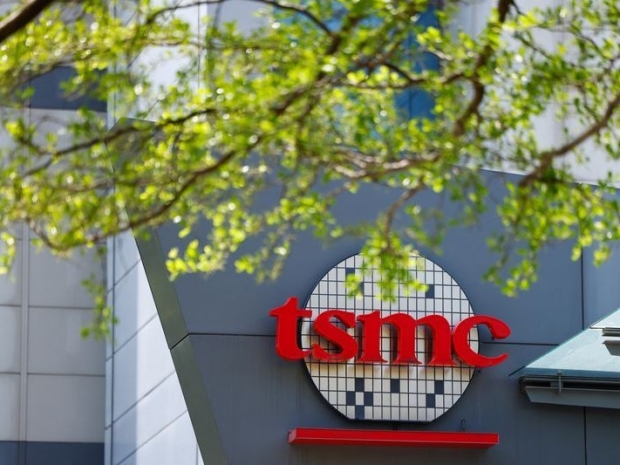TSMC chairman Wei Zhejia later confirmed that his firm had received a string of expansion requests from its biggest clients.
According to a JPMorgan Chase report, Nvidia has asked TSMC to ramp up N3 production to 160,000 wafers per month. Unfortunately for the AI chip crowd, the foundry’s output is unlikely to exceed 140,000 to 145,000 by the end of 2026, meaning the supply crunch could drag on for at least two more years.
JPMorgan said the roaring demand for AI silicon is pushing TSMC’s fabs into overdrive while fattening its margins. The analysts reckon gross profit could climb into the low to mid-60 per cent range in the first half of 2026.
Major punters, including Nvidia, the Fruity Cargo Cult Apple, Qualcomm, MediaTek, Amazon, Meta and Microsoft, have already locked in N3 capacity well ahead of time. The process will be used across a range of products, from Nvidia's Rubin GPU and Broadcom’s TPU v7 to Amazon’s Trainium 3, Apple’s C2 modem and iPhone 17 chips, and Qualcomm and MediaTek’s next flagship SoCs. With the big dogs taking up most of the production slots, smaller fry like crypto miners can expect slim pickings.
Instead of building a new N3 fab, TSMC plans to tweak existing lines. JPMorgan said the Tainan Fab18 site will add around 25,000 wafers per month by converting part of its N4 production. New factories at Kaohsiung (Fab22) and Hsinchu (Fab20) will leave space for upcoming N2 and A16 nodes.
The company hopes to squeeze extra output by running N3’s backend process on idle N6 and N7 lines at Fab14. This cross-factory juggling could free up another 5,000 to 10,000 wafers monthly by late 2026. Over in Arizona, Fab21’s second phase should go live in mid-2026, but it will not add its 10,000 wafers a month until early 2027, too late to ease the current bottleneck.
JPMorgan’s report notes that TSMC’s scarcity is proving highly profitable. Some desperate customers are paying “hot-run” premiums of up to double the normal price to secure priority delivery. These rush orders make up about 10 per cent of production but are giving profits a solid boost.
If the pattern holds, and TSMC slaps another six to 10 per cent price rise on its advanced nodes in 2026, the analysts believe the company’s margins will stay north of 60 per cent, with performance easily topping market forecasts.

